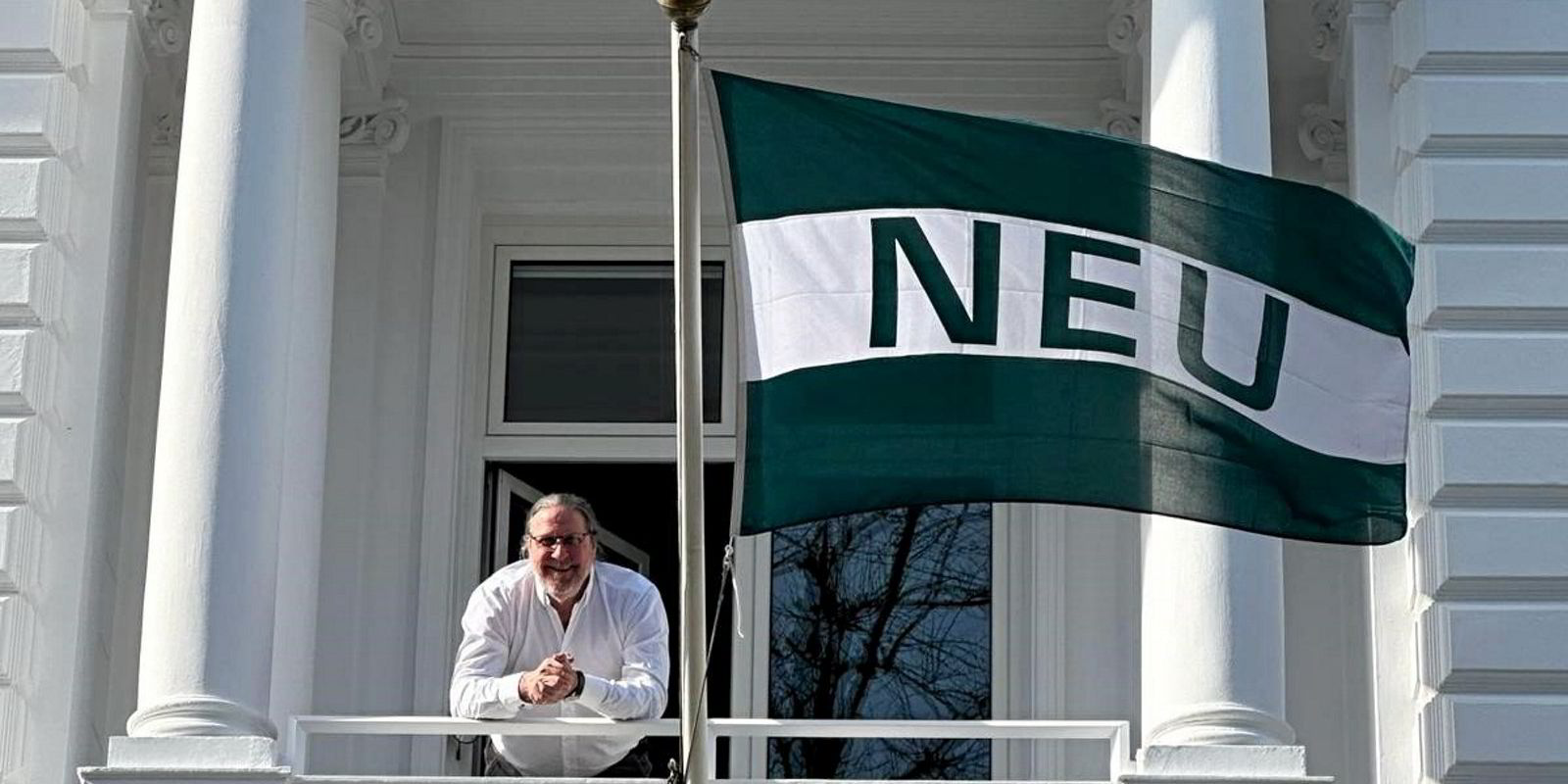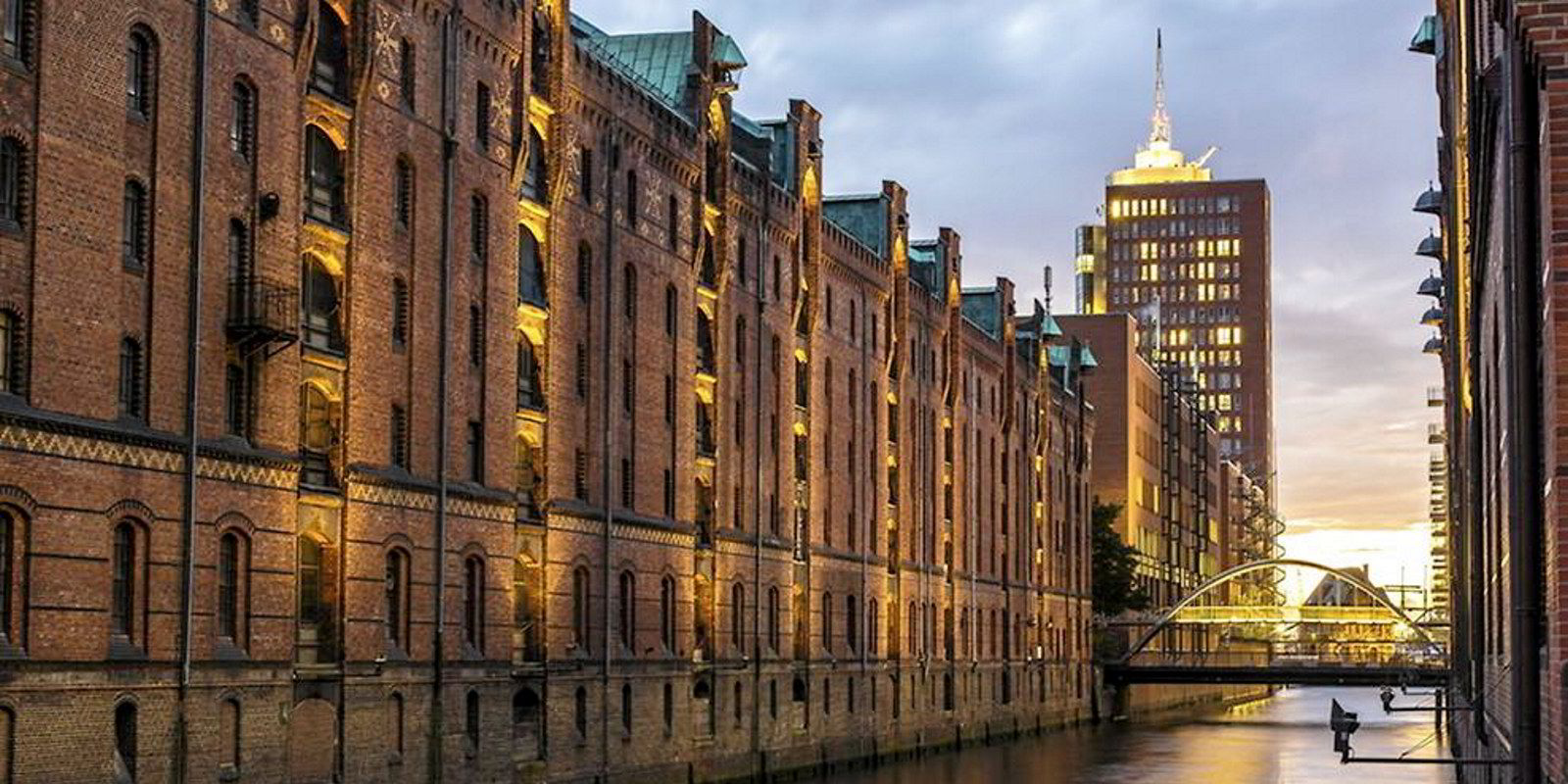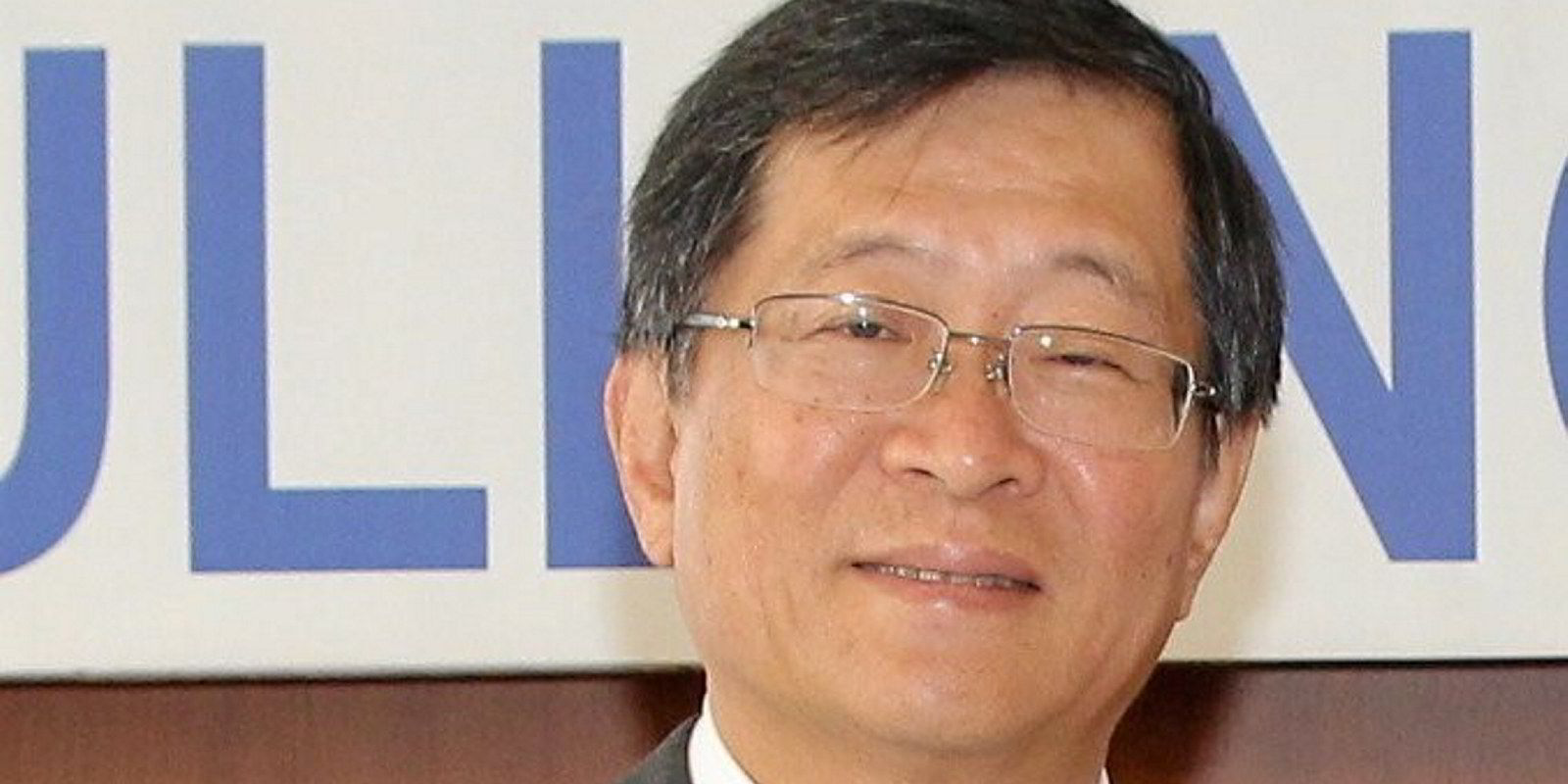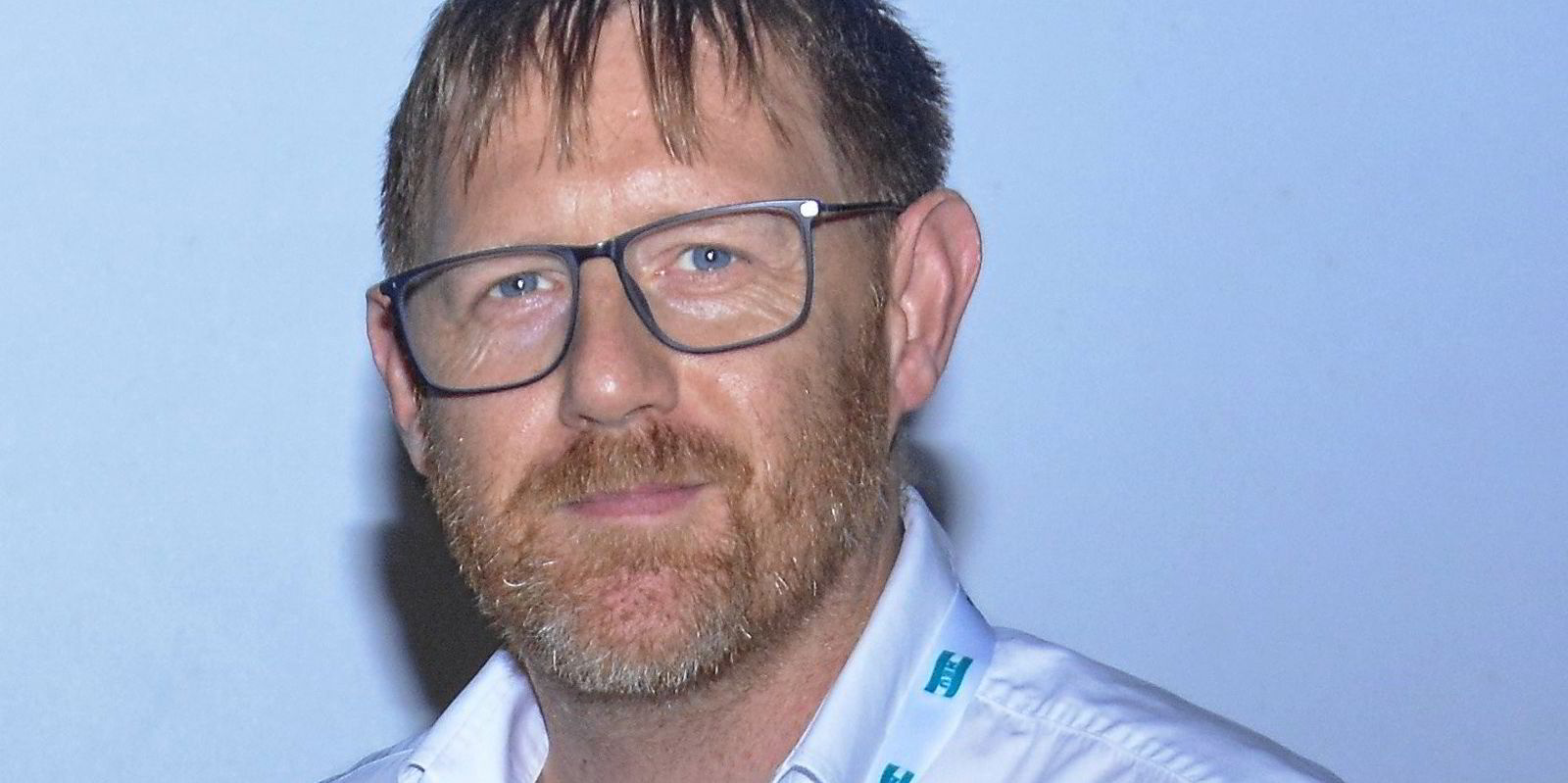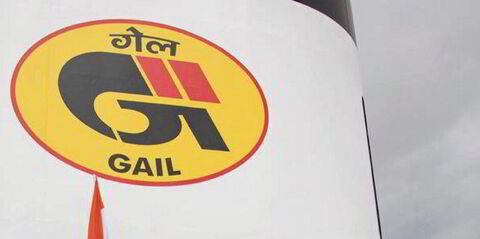Neu Seeschiffahrt, a Hamburg-based owner of VLOCs and gas carriers, is embarking on a new phase of growth.
The plan is to build on its existing fleet of very large bulkers and to integrate the traditional industrial model into a more flexible freight trading activity.
That sees the VLOC specialist moving into other dry bulk sectors, with the focus in recent months on newcastlemaxes.
“The deal flow is there,” said Tim Jones, president at Neu Shipping from the offices of Neu Seeschiffahrt overlooking Alster lake.
“We’re an asset company and we’ve got the funds and we’ve got the capability.
“And we’re adding the freight trading on top of the traditional industrial owner base.”
The move marks a radical shift for the conservatively run outfit, controlled by the Neu family of the US.
The core of its fleet comprises six VLOCs and one VLGC.
But a new leadership team of dry cargo specialists that Jones has assembled has seen the company pick up three newcastlemaxes in six months.
That leaves the company with 11 ships, of which 10 are either ore carriers or larger bulkers.
Jones said the target is to build that up to at least 15 to 20 ships by the end of the year.
“For the time being, we’re going to stay in what we know best, which is big ships and the capesize market,” Jones said.
| Ship | Size | Built |
| Julia N | 297,000 dwt | 2012 |
| Saar N | 297,000 dwt | 2012 |
| Mosel N | 297,000 dwt | 2012 |
| Hugo N | 297,000 dwy | 2011 |
| Daniel N | 297,000 dwt | 2011 |
| Helen N | 297,000 dwt | 2011 |
| Edward N | 176,000 dwt | 2011 |
| Steven N | 297,000 dwt | 2010 |
| Abigail N | 297,000 dwt | 2009 |
| Fritzi N | 82,000 cbm | 2009 |
“We’re getting more business than we can handle, which means we need to buy ships, and we need to take them in and charter. We’re looking at leasing, we’re looking at alternative investing.”
The company has been approached by investors who are buying ships and proposing that Neu take a stake and operate the ship.
That is something that Neu will consider, with caveats.
“In general, we like to be masters of our own decisions — and when you’ve got investors, when they want to sell, you’ve got to sell.
“So we’re not pushing that, but we’re not against having people join us and saying: ‘We’ll buy a ship and give you the charter’.”
Client-led
The company signalled its willingness to move in a new direction with the recent acquisition of 207,900-dwt sister ships Saar N (ex-Clear Horizon) and Mosel N (ex-Blue Horizon, both built 2012).
These will be joined by a third unidentified newcastlemax taken as part of a long-term financial commitment, adding to the one capesize in the Neu fleet.
Moving into new markets has some unintended consequences — including putting Jones in competition at Neu with his son, Alexander, who heads the capesize desk at Oldendorff Carriers.
But the decision to go for newcastlemax bulkers was client-led, said Jones. Some steel mills no longer want big ships but want more flexibility.
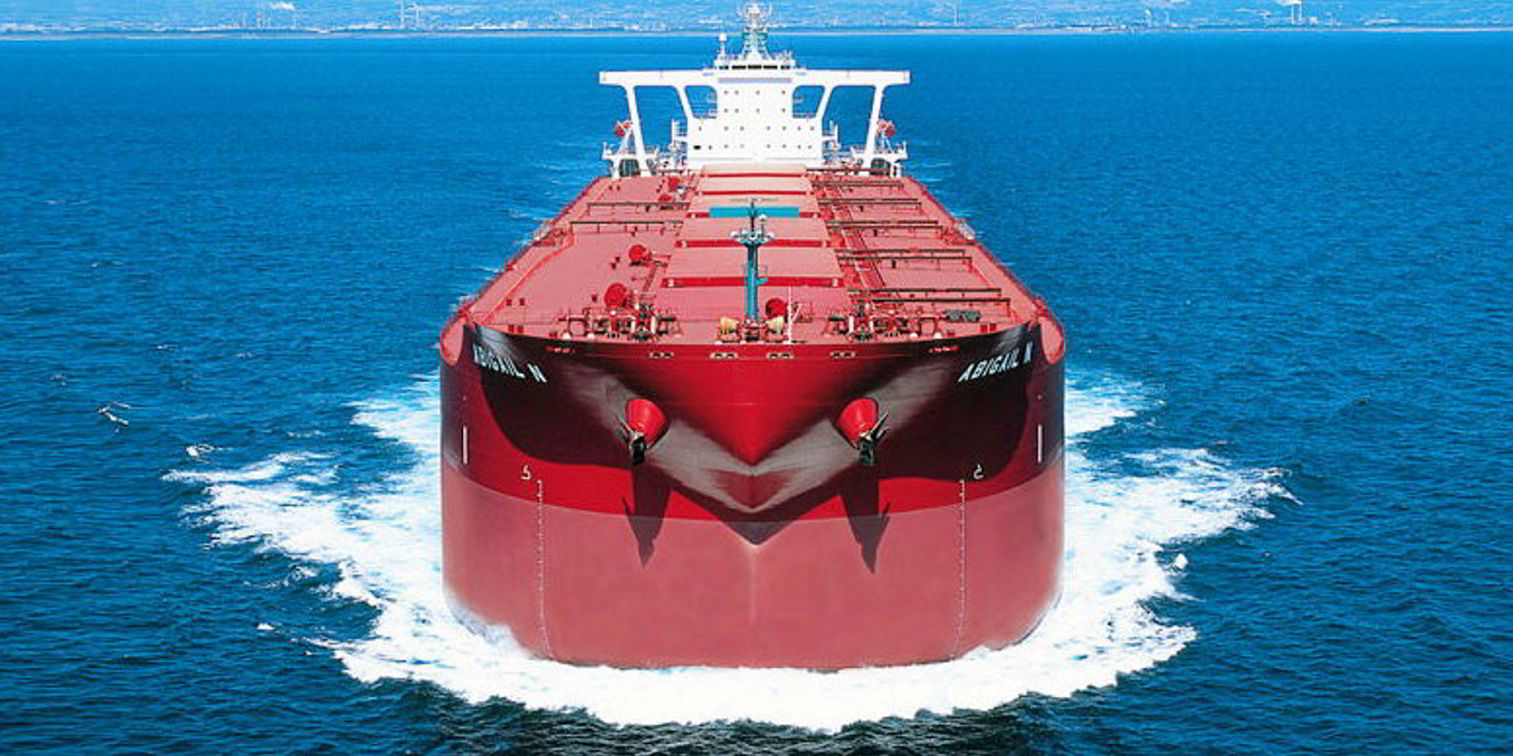
“The reason we went into the newcastlemaxes is because the client said this is the size we want,” he said.
That coincides with more VLOCs being taken on shorter periods.
The usual 90-day fixture for the vessels amounts to around three fixtures a year.
And while the company is in talks for longer contracts, it is hesitating in the belief that the market still has legs, said Jones.
“We don’t want the long-term commitments anymore. The ships can do new markets. There are a lot of new developments in West Africa and other ports in Canada that can take the ships. So we’re just riding it,” he said.
There are several mining projects around the world which the big ships can benefit from, such as the Somandou project in the south-eastern part of Guinea in West Africa.
“There isn’t a spot market for VLOCs yet — but it’s getting that way,” he explained.
The larger ships also attract interest from companies looking to lower carbon emissions because the economics of larger bulkers is deemed a greener solution.
“We have the advantage of transporting the biggest cargoes for less carbon.”
“There is that impetus as well that is pushing people towards looking at these bigger ships on a spot basis.”
Sitting pretty
The resurgent dry bulk market leaves Neu sitting pretty.
Barriers to entry mean new players need more than just deep pockets if they are to enter the big bulker market.
“You have to also have the commercial relations to be able to get into — and we do.”
Neu is a major carrier for Baosteel and has done contracts with about 38 steel mills.
“We know every steel mill we’ve had relationships with, they know who we are,” said Jones.
That confidence is reflected in its ability to refinance its fleet of six VLOCs, which were previously with Chinese leasing houses.
Three have been done with Dutch bank NIBC, with another three through the Japanese financial system.
Jones is, however, worried about the overwhelmingly optimistic outlook being conveyed by stakeholders in Germany.
“That’s what scares me,” he said. “When everyone is optimistic about something, there is something that is going to happen.”
Therefore, the company is using the paper market to hedge positions. In addition, it has taken other measures to improve fleet efficiency.
Neu’s VLOCs are each 12 to 15 years old and have plenty of life remaining.
The company has justified upgrades to reduce emissions with scrubbers, weather routing, optimisation technology and silicon paints.
Savings of just 2% to 3% on the big bulkers translate into fuel savings of thousands of dollars per day, said Jones.
“We’ve been doing this progressively this year, it’s been very, very successful in turning business that wasn’t positive into business that is,” he said.
